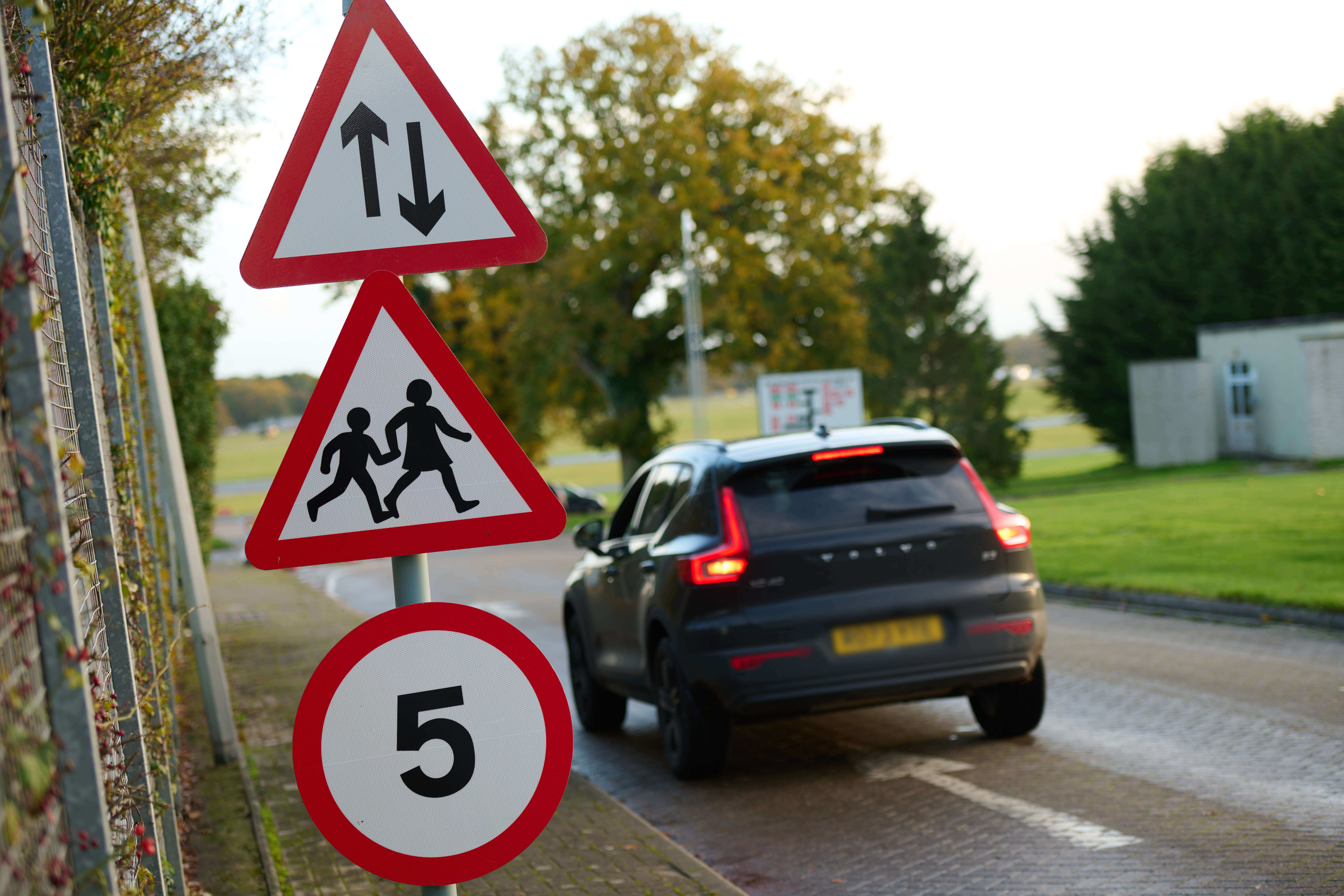This summary provides insight into the legal aspects and laws that affect “driving for work”
Laws cover the company, directors, staff and drivers
- Corporate Manslaughter and Corporate Homicide Act 2007
- Health and Safety at Work Act 1974
- Management of Health and Safety at Work Regulations 1999
- Health and Safety Offences Act 2008
- Reporting of Injuries, Diseases and Dangerous Occurrences Regulations 2013 (RIDDOR)
- Road Traffic Act 1988 &1991
- Road Safety Act 2006
- Road Vehicles (Construction and Use) Regulations 1986 & 2003
- Provision and Use of Work Equipment Regulations 1998 (PUWER)
- Carriage of Dangerous Goods Regulations 2009
- The Motor Vehicles (Driving Licences) Regulations 1999 & 2018
- The Automated and Electric Vehicles Act 2018
Corporate Manslaughter and Corporate Homicide Act 2007
Today, a company can be found guilty of manslaughter, ordered to remedy any breach, publicise its failure and received an unlimited fine.
If an individual is also found liable for the offence of manslaughter, they can be prosecuted under the Health and Safety at Work Act 1974, ruled by the same sentencing guidelines.
- To date, May 2020, there have been just over 25 successful prosecutions.
Health and Safety at Work Act 1974
“Employers have duties under health and safety law for on-the-road work activities. You must also ensure that others are not put at risk by your work-related driving activities. The self-employed have similar responsibilities.”
“Your business must have a health and safety policy, and if you have fewer than five employees, you don’t have to write anything down.” https://www.hse.gov.uk/toolbox/managing/writing.htm
“By law, employers and self-employed people must:
- assess the risks to anyone who might be affected by their work activity;
- take appropriate preventive and protective steps to control these risks.”
“Drivers should be capable of operating the vehicle and related equipment safely, and should receive instruction and training as appropriate.”
“Workers must co-operate with employers and co-workers to help everyone meet their legal requirements.”
Management of Health and Safety at Work Regulations 1999
“Besides carrying out a risk assessment, employers also need to:
- make arrangements for implementing the health and safety measures identified as necessary by the risk assessment;
- appoint competent people (often themselves or company colleagues) to help them to implement the arrangements;
- set up emergency procedures;
- provide clear information and training to employees;
- work together with other employers sharing the same workplace.“
Health and Safety Offences Act 2008
- For offences committed on and after the 12th March 2015, the maximum penalty in the Magistrates’ court is an unlimited fine or imprisonment for a term not exceeding 6 months or both.
- In the Crown Court, the maximum penalty is an unlimited fine or imprisonment not exceeding two years or both
Reporting of Injuries, Diseases and Dangerous Occurrences Regulations 2013 (RIDDOR)
RIDDOR is UK health and safety legislation. It applies to all ‘responsible persons’ and requires them to correctly report and keep a record of certain injuries and incidents that happen at work.
Road Traffic Act 1988 & 1991
The Road Traffic Act 1988 applies to England, Scotland and Wales, not Northern Ireland. Road Traffic Act 1988 Section 87
- Driver: It is an offence for a person to drive on a road a motor vehicle of any class otherwise than in accordance with a licence authorising him to drive a motor vehicle of that class.
LC20: Driving otherwise in accordance with a licence: 3-6 points with fine up to £1,000.
- Employer: It is an offence for a person to cause or permit another person to drive on a road a motor vehicle of any class otherwise than in accordance with a licence authorising that other person to drive a motor vehicle of that class.
LC24: Causing or permitting driving otherwise than in accordance with a licence: 3-6 points with fine up to £1,000. 4 years on licence from date of offence. The ‘Director of the fleet’ can have the points added to their own personal licence.
Road Safety Act 2006
Laws about road traffic, registration plates, vehicle and driver information, hackney carriages and private hire vehicles, and trunk road picnic areas.
The provisions of the Act cover Drink driving; Speeding; New offences; Penalties and enforcement; Driver training; Driver fatigue; Driver and vehicle licensing; Motor insurance
Road Vehicles (Construction and Use) Regulations 1986 & 2003
Covers the design, manufacture, maintenance and use of motor vehicles and trailers used by road transport operators, amongst others.
Provision and Use of Work Equipment Regulations 1998 (PUWER)
These Regulations, often abbreviated to PUWER, place duties on people and companies who own, operate or have control over work equipment.
PUWER also places responsibilities on businesses and organisations whose employees use work equipment, whether owned by them or not.
PUWER requires that equipment provided for use at work is used only by people who have received adequate information, instruction and training such as 4×4, 8X8, 8X6, 6X6, 6X2 vehicles, forklift trucks, pallet trucks.
Carriage of Dangerous Goods Regulations 2009
Under ADR, drivers of vehicles with tanks and certain tank components, and some drivers of vehicles carrying dangerous goods in packages, must hold a special vocational certificate of training, sometimes referred to informally as an ‘ADR Certificate’.
The certificate in the form of a photo identity card is valid for 5 years and must be carried by the driver.
The Motor Vehicles (Driving Licences) Regulations 1999 & 2018
These regulations set out the obligations related to driving licences, tests of competence to drive, drivers conduct for goods and passenger vehicles and training courses for motorcycle riders and in relation to health and safety.
The Automated and Electric Vehicles Act 2018
New powers to ensure the installation of electric vehicle charging points and bringing automated vehicle insurance in line with longstanding motor insurance practice.
It also ensures that motorists in autonomous vehicles are covered by insurance both when they are driving, and when they legitimately hand control to the vehicle.
The purpose of the above content is to provide information only.

